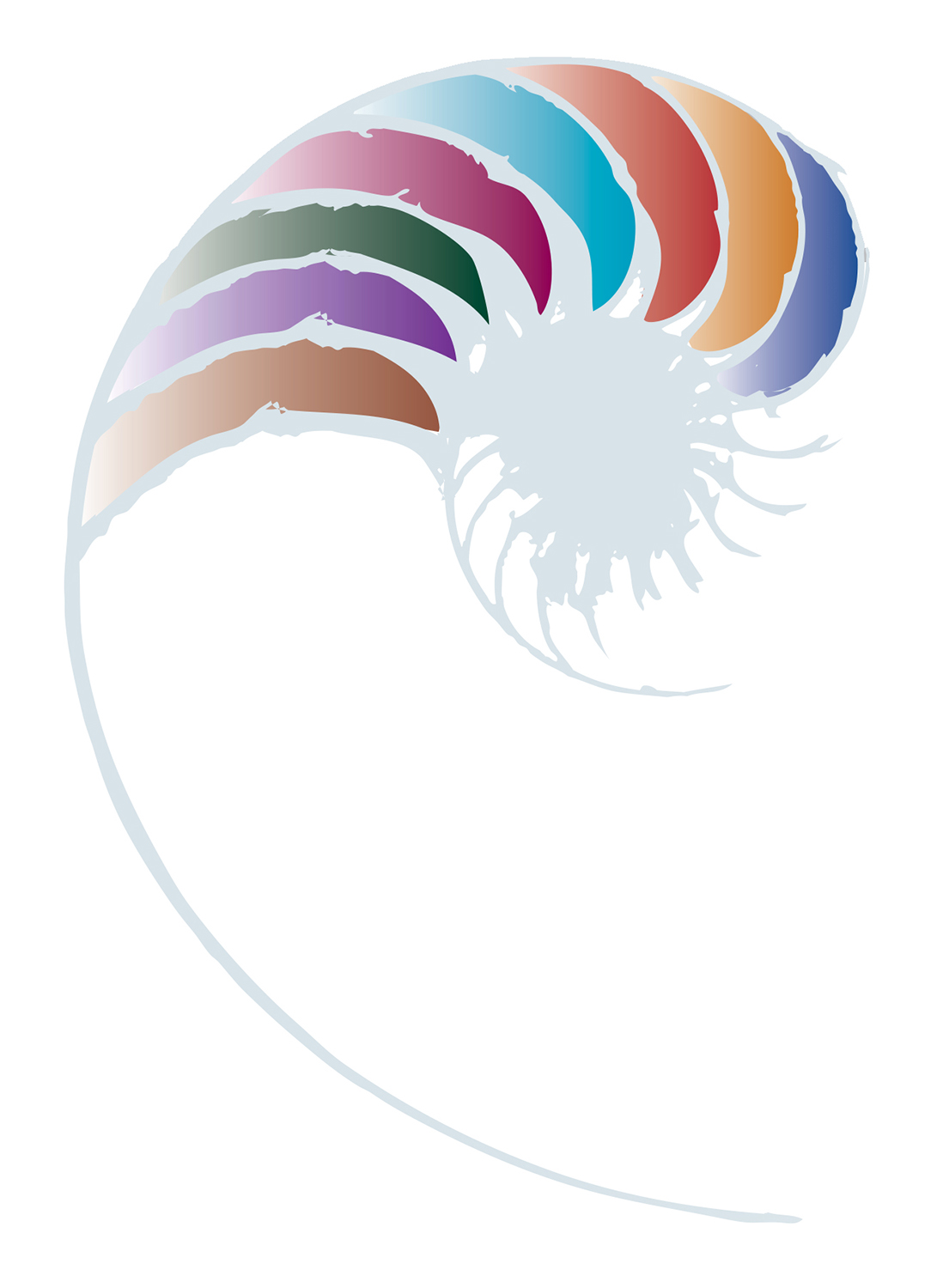Kōwhiti Whakapae – strengthening progress through practice
Learn more about Kōwhiti Whakapae, which supports kaiako to lay the groundwork for learning, and to notice, recognise and respond to children’s progress in three areas of learning within the framework of Te Whāriki. See Materials that come with this resource at the bottom of the page to download a Kōwhiti Whakapae factsheet.

The title ‘Kōwhiti Whakapae Framework Te Whāriki alignment’ appears centre at the top of the frame. Strands of flax begin to form the layers of a design representing the Kōwhiti Whakapae framework. The bottom of the strands represent the foundations of Kōwhiti Whakapae – Te Tiriti o Waitangi, Principles of Te Whāriki, Inclusion, Identity, language and culture. A text label is linked to the foundations with a thin line, reading ‘Foundations for Kōwhiti Whakapae’. Two darker green strands weave on above the foundations. A text label links to these strands, reading ‘Lay the groundwork’. A bright green strand weaves on above this with a text label reading ‘Notice, recognise and respond’. A final light green strand weaves on at the top of the design, with a text label reading ‘Child’s potential learning journey’.
Kōwhiti Whakapae is designed to help early learning kaiako strengthen planning, formative assessment, and teaching practice within the framework of Te Whāriki. It supports kaiako to recognise children's capabilities and progress, and to respond with effective practices in three areas of learning:
- Social & emotional
- Maths
- Oral language & Literacy.
These areas are crucial for positive later educational and life outcomes. While children’s progress will vary depending on their individual learning trajectories, typical characteristics and patterns can be observed. These characteristics and patterns provide the basis for the practices and progressions within the three areas of learning.
Kōwhiti Whakapae content consists of:
- Practices – these focus on creating enabling environments and responding to children’s capabilities.
- Progressions – these describe children’s learning progress across four phases.
- Assessment examples – these offer examples of ways Kōwhiti Whakapae can enhance formative assessment.
- Kaiako guides – these provide a deeper dive into each area of learning.
- Whānau guides – these support learning conversations between kaiako and whānau.
In each area of learning, Kōwhiti Whakapae provides kaiako with a four-step process to help them to understand and respond to children’s progress and support their growing identity as learners. The steps are:
- Lay the groundwork, which focuses on evidence-based practices that create an enabling environment for all children.
- Notice and recognise, which focuses on progressions that illustrate children’s capabilities at different phases of learning.
- Respond, which focuses on teaching practices to help kaiako respond to children’s learning at different phases of progress.
- Document and communicate, which focuses on using information gathered in the previous three steps to stregthen assessment and communication about lerarning.
Kōwhite Whakapae website
To learn more, go to the page on the Kōwhiti Whakapae website:
About Kōwhiti Whakape (education.govt.nz).
At the website, you will also find this section helpful to navigate the content there:
Starting Guide (education.govt.nz).
Download factsheet
See materials that come with this resource at the bottom of the page to download:
- Kōwhiti Whakapae factsheet (.pdf).
Videos
The videos below describe the foundations of Kōwhiti Whakapae and the practices and progressions designed for early learning kaiako to support the implementation of Te Whāriki.
- Te reo Māori video
- English video
About this resource
Kōwhiti Whakapae focuses on three learning areas: social & emotional, oral language & literacy, and maths. Each area provides information about teaching practices and children’s progress, and guides kaiako through a four-step process to:
- lay the groundwork for an enabling environment, where all children are able to learn effectively;
- notice and recognise children’s current capabilities and learning progress;
- respond to children’s learning at different phases of progress to support, consolidate, and expand on the learning that’s happening; and
- document and communicate learning, so that kaiako and whānau have a clear picture of how children’s learning is progressing.
In addition to assessment examples, each area is supported by associated resources, including kaiako guides and whānau guides.



